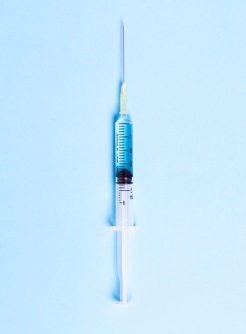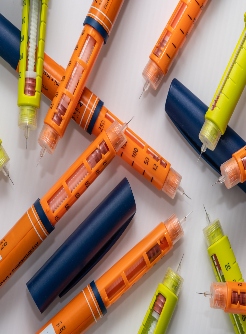Flash Monitoring Improves Glycemic Control Among Patients with Type 2 Diabetes
By Dave Quaile, MD /alert Contributor
January 1, 2024
Patients with noninsulin-treated type 2 diabetes experienced an early improvement in glycemic control upon initiating flash glucose monitoring (FGM), accompanied by increased satisfaction with continuing their current treatment, according to a study recently published in Elsevier.
"[FGM], also known as intermittently scanned continuous glucose monitoring, offers real-time insight into glucose trends, motivating patients to embrace diet and exercise therapy,” Ayaka Hayase, MD, from the department of endocrinology and diabetes at Nagoya University Graduate School of Medicine, Japan and colleagues wrote. “FGM's positive impact on lifestyle and glycemic control extends even beyond its usage period, making it a valuable tool for patients with noninsulin-treated type 2 diabetes."
According to a previous randomized controlled trial conducted by Hayase and colleagues the use of FGM among non-insulin-treated patients with type 2 diabetes led to improved HbA1c, with this improvement persisting even after discontinuing glucose monitoring.
The researchers conducted a post-hoc analysis of a 24-week randomized controlled trial of patients with noninsulin-treated type 2 diabetes to identify factors influencing the effectiveness of FGM. One-hundred participants were enrolled between July 2017 and November 2018, with random allocation into the FGM (n = 49) or self-monitoring(n = 51) groups. According to the study, data from 48 of the 49 patients in the FGM group who successfully completed the trial were analyzed to explore potential factors linked to enhanced glycemic control through FGM usage.
Patients were included in the study if they had type 2 diabetes, had HbA1c ≥ 7.5% (59 mmol/mol) and HbA1c < 8.5% (69 mmol/mol), and were between 20-70 years in age. Patients were ineligible for the study if they were receiving insulin therapy, had prior experience with self-monitoring or FGM, were undergoing dialysis, exhibited severe renal failure (estimated glomerular filtration rate <30 ml/min/1.73 m2), displayed pre-proliferative or proliferative diabetic retinopathy, faced challenges in effectively using the devices, or were deemed unsuitable for study participation by their physicians.
The analysis revealed there was a significant reduction in weekly mean blood glucose levels, commencing as early as 1 week compared to baseline values and persisting throughout the 12 weeks period of FGM data collection. Hayase and colleagues also noted an increase in the Diabetes Treatment Satisfaction Questionnaire score, particularly in the context of "willingness to continue the current treatment," which was significantly correlated with the improvement in HbA1c at both 12 (P = .009) and 24 weeks (P = .012).
“The analysis of FGM data showed that the weekly mean blood glucose levels were significantly decreased as early as at 1 week of the sensor usage compared with the baseline values,” the researchers concluded. “This decline was maintained for 12 weeks. [Mean amplitude of glycemic excursions], an index of glucose variability, showed a similar trend. This suggests that the effect of FGM on glycemic control was obtained immediately after the start of FGM use and that the effect will not weaken and will continue for at least 12 weeks.”
--
Disclosures: Some authors declared financial ties to drugmakers. See full abstract for details.
Photo Credit: Getty Images.




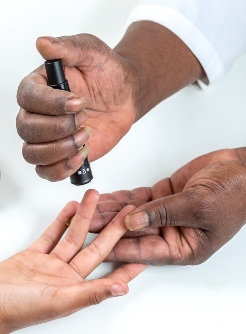



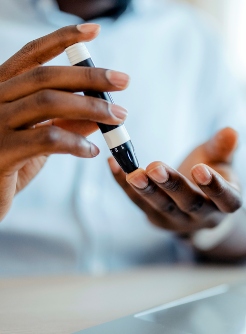

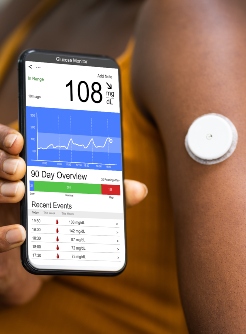











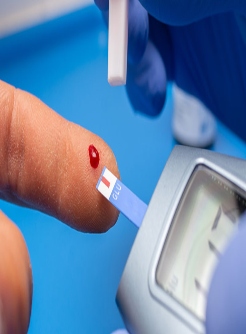

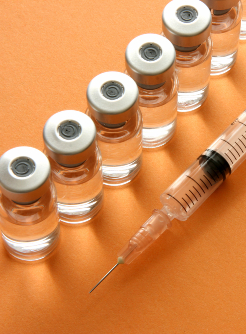

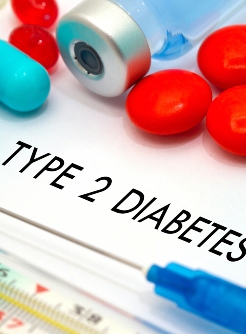




.jpg)
.jpg)

